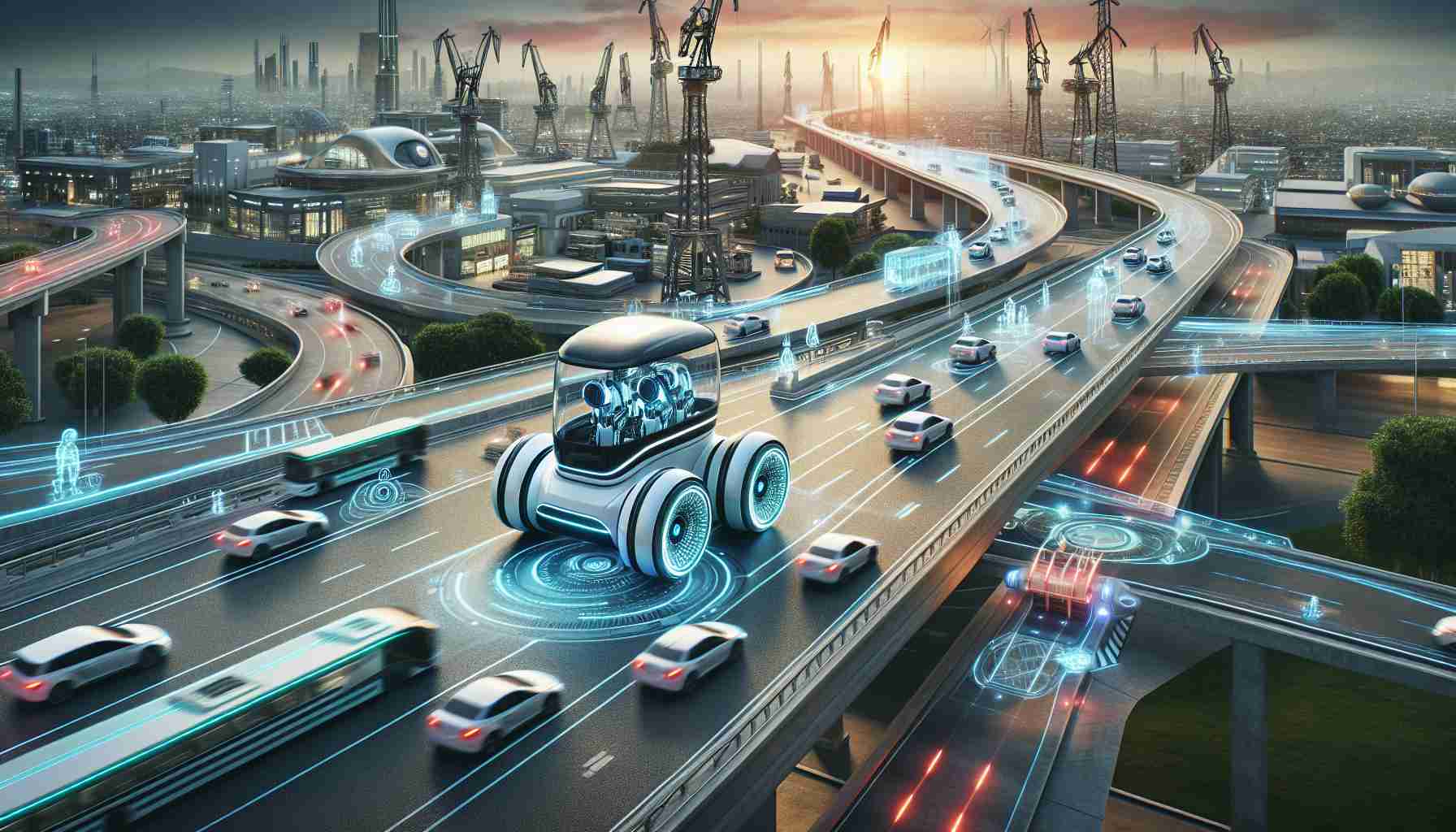Elon Musk unveils groundbreaking robot vehicles with innovative features designed to transform the future of transportation. The new fleet includes a sleek Cybercab set to roll out in 2026 with a price tag below $30,000 and a robovan capable of accommodating up to 20 passengers, hinting at a shift towards autonomous driving.
While Musk’s vision for an autonomous future is bold, experts caution that the widespread adoption of robotaxis may encounter significant challenges in terms of safety and regulatory compliance. Concerns have been raised regarding the ability of the technology to navigate complex scenarios such as inclement weather conditions and pedestrian interactions.
Despite the enthusiasm surrounding Tesla’s venture into the realm of autonomous vehicles, skeptics warn that the road to widespread implementation may be longer than anticipated. Competition from established players like Alphabet’s Waymo and technical limitations associated with Tesla’s reliance on AI and cameras instead of lidar pose significant hurdles.
One of the standout features of Tesla’s new vehicles is their cost-effective operation. Musk projects that running the Cybercab will come at a mere 20 cents per mile, with the robovans offering an even more economical option at just 5 cents per mile. This budget-friendly approach aims to make autonomous transportation accessible to a broader audience.
As Musk envisions a future where self-driving technology revolutionizes the way we commute, the industry remains cautiously optimistic yet uncertain about the practical implications of this ambitious endeavor. While the promise of enhanced safety and convenience is alluring, challenges lie ahead in realizing Musk’s vision for a fully autonomous transportation network.
Additional Facts:
– In the realm of autonomous vehicles, various companies are also actively developing next-gen robot cars, such as General Motors with Cruise, Uber’s Advanced Technologies Group, and Ford’s self-driving division.
– The implementation of 5G technology plays a crucial role in enhancing the communication capabilities of autonomous cars, enabling faster data transmission for improved decision-making on the road.
– Governments worldwide are in the process of formulating regulations to govern the operation of autonomous vehicles, addressing concerns related to liability, data privacy, and ethical considerations.
Key Questions:
1. How will the introduction of robot vehicles impact traditional transportation industries and jobs?
2. What measures are being taken to address cybersecurity risks associated with autonomous vehicles?
3. How will authorities ensure the seamless integration of robot vehicles into existing infrastructures and road systems?
Key Challenges:
– Safety concerns regarding the technology’s ability to handle unforeseen circumstances effectively.
– Regulatory hurdles and uncertainties surrounding liability in the case of accidents involving autonomous vehicles.
– Public acceptance and trust in the reliability of self-driving cars, especially in complex urban environments.
Advantages:
– Increased safety on roads with the potential to reduce human-error-related accidents.
– Enhanced efficiency and reduced traffic congestion through optimized routes and traffic flow.
– Improved accessibility to transportation services, especially for individuals with mobility challenges.
Disadvantages:
– High initial costs of implementing and maintaining autonomous vehicle technology.
– Potential job displacement in industries reliant on traditional transportation methods.
– Ethical dilemmas related to decision-making processes in critical situations on the road.



